Home>Technology>Smart Home Devices>How Does The Inkjet Printer Work
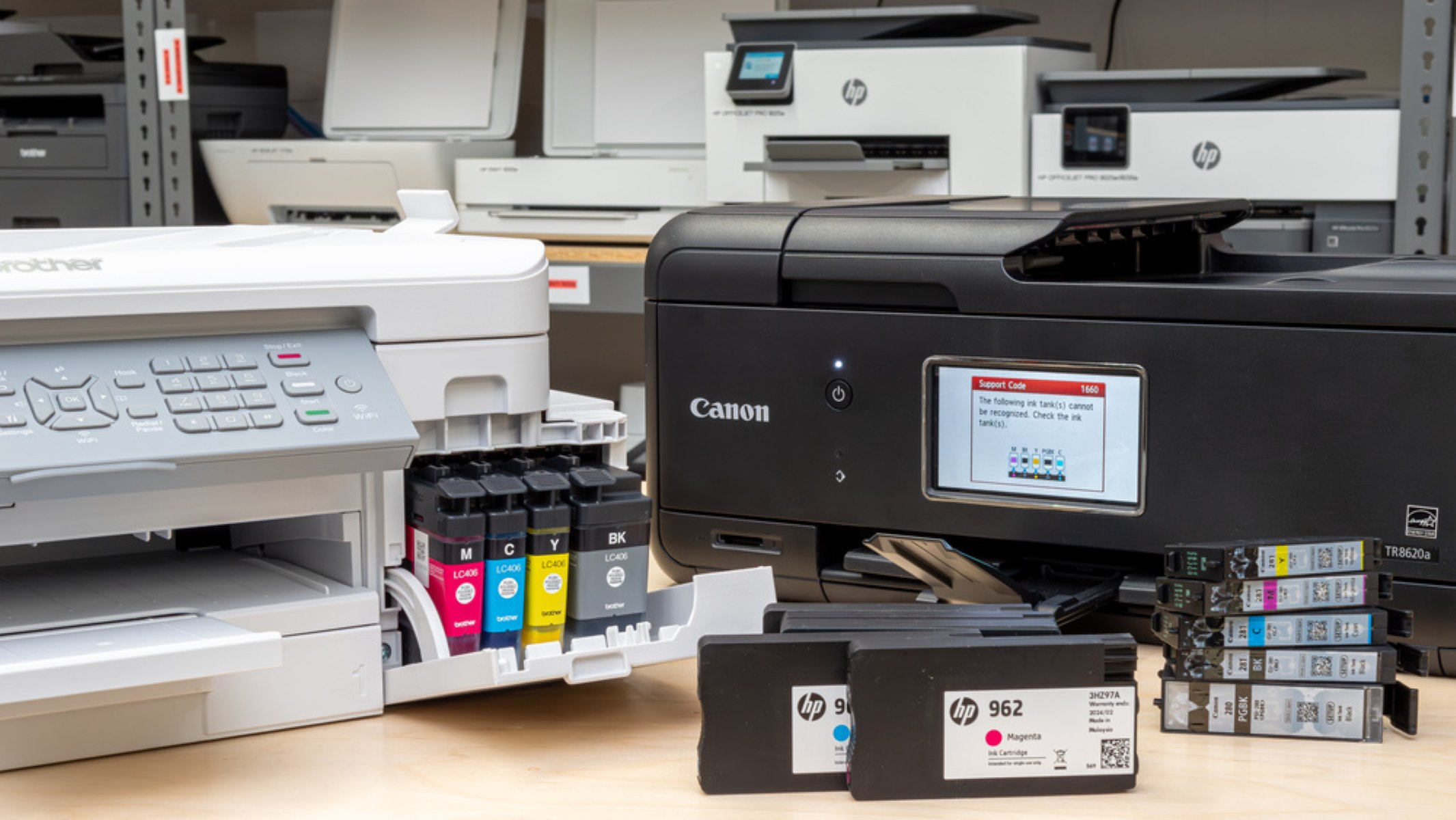

Smart Home Devices
How Does The Inkjet Printer Work
Published: January 22, 2024
Learn how inkjet printers function and their role in smart home devices. Explore the inner workings and technology behind inkjet printing.
(Many of the links in this article redirect to a specific reviewed product. Your purchase of these products through affiliate links helps to generate commission for Storables.com, at no extra cost. Learn more)
Introduction
Inkjet printers have revolutionized the world of home and office printing, offering a versatile and efficient means of producing high-quality prints. These printers are widely favored for their ability to render vibrant colors and sharp images, making them indispensable for diverse printing needs. Understanding the inner workings of inkjet printers can provide valuable insight into their functionality and help users make informed decisions when selecting printing equipment.
In this comprehensive guide, we will delve into the intricate mechanisms that power inkjet printers, explore the various components that contribute to their seamless operation, and examine the different types of inkjet printing technologies available. Additionally, we will weigh the advantages and disadvantages of inkjet printing, shedding light on the practical applications that have cemented its relevance in both personal and professional settings.
Join us as we embark on an illuminating journey through the realm of inkjet printing, unraveling the mysteries behind this ubiquitous technology and uncovering the myriad ways it has transformed the art of printing. Whether you are a seasoned printing enthusiast or a newcomer seeking to unravel the enigma of inkjet printers, this guide promises to equip you with a deeper understanding of these remarkable devices and their indispensable role in the modern world.
Key Takeaways:
- Inkjet printers use tiny droplets of ink to create vibrant prints, making them perfect for photos, art, and office documents. They’re versatile, user-friendly, and offer high-quality output.
- Inkjet printing technology has revolutionized visual communication, from photography to textile design, unleashing creativity and precision in diverse industries and personal endeavors.
Read more: How Does An Inkjet Printer Work
Components of an Inkjet Printer
Understanding the intricate components that constitute an inkjet printer is crucial for comprehending its inner workings. These printers are composed of several key elements, each playing a pivotal role in the printing process. The primary components of an inkjet printer include:
- Print Head: The print head is a core component responsible for dispensing ink onto the paper. It contains a series of nozzles that precisely eject tiny droplets of ink to form the desired images or text.
- Ink Cartridges: Inkjet printers utilize ink cartridges that house the ink required for printing. These cartridges are designed to seamlessly integrate with the print head, ensuring a steady supply of ink for consistent printing performance.
- Rollers and Paper Feed Mechanism: Inkjet printers feature rollers and a paper feed mechanism that work in tandem to guide the paper through the printer. This mechanism ensures precise paper handling, facilitating smooth and accurate printing.
- Control Circuitry: Inkjet printers are equipped with sophisticated control circuitry that coordinates the printer’s various functions. This circuitry governs tasks such as ink delivery, paper feeding, and print head movement, ensuring seamless synchronization during the printing process.
- External Casing and User Interface: The external casing of an inkjet printer houses its internal components, providing structural support and protection. Additionally, the user interface, comprising buttons, display panels, and connectivity ports, enables users to interact with the printer, adjust settings, and initiate printing tasks.
These fundamental components collectively form the backbone of an inkjet printer, working in harmony to deliver exceptional print quality and reliability. By familiarizing oneself with these elements, users can gain a deeper appreciation for the meticulous engineering that underpins the functionality of inkjet printers.
How Inkjet Printing Works
Inkjet printing operates on a simple yet ingenious principle, harnessing the precision of microscopic ink droplets to create intricate patterns and text on paper. The process commences with the translation of digital data into a format that can be printed, following which the printer’s mechanisms spring into action to bring the digital content to life on the printed page.
The core steps involved in inkjet printing include:
- Data Processing: The digital content to be printed is processed by the printer’s control circuitry, which interprets the data and orchestrates the subsequent printing actions.
- Ink Ejection: The print head, equipped with an array of minuscule nozzles, dispenses precise droplets of ink onto the paper in accordance with the digital content. The nozzles are meticulously controlled to ensure accurate placement of the ink droplets, culminating in the faithful reproduction of the intended images or text.
- Paper Feeding and Alignment: The paper is fed through the printer’s mechanism, guided by rollers and sensors to maintain proper alignment and positioning. This meticulous paper handling ensures that the ink is deposited onto the paper with precision, resulting in crisp and well-defined prints.
- Ink Drying and Fixation: Once the ink is deposited onto the paper, it undergoes a rapid drying process to prevent smudging and ensure the durability of the printed output. Some inkjet printers may incorporate additional mechanisms to expedite the drying and fixation of the ink, optimizing the overall printing efficiency.
This seamless orchestration of digital data processing, ink ejection, paper handling, and ink fixation culminates in the production of vibrant and finely detailed prints, showcasing the remarkable capabilities of inkjet printing technology. The precision and versatility of inkjet printers have positioned them as indispensable tools for a myriad of printing needs, from vivid photo reproductions to crisp text documents.
By unraveling the intricacies of inkjet printing, users can gain a profound appreciation for the meticulous engineering and advanced technologies that underpin the seamless operation of these remarkable devices, elevating the art of printing to unprecedented levels of quality and convenience.
Types of Inkjet Printing Technologies
Inkjet printing technology has evolved to encompass various methodologies, each offering unique advantages and catering to diverse printing requirements. The two primary types of inkjet printing technologies are thermal inkjet and piezoelectric inkjet, distinguished by their distinct mechanisms for propelling ink onto the printing substrate.
Thermal Inkjet Printing: This prevalent inkjet technology relies on the controlled heating of ink within the print head to generate tiny vapor bubbles. As the ink vaporizes, it propels droplets onto the paper, resulting in precise and uniform ink deposition. Thermal inkjet printing is renowned for its exceptional print quality and rapid printing speeds, making it well-suited for a wide array of applications, including photo printing, document production, and graphic design.
Piezoelectric Inkjet Printing: In contrast, piezoelectric inkjet printing harnesses the piezoelectric effect, wherein electrically induced vibrations are utilized to propel ink droplets onto the printing substrate. This technology offers exceptional control over droplet size and placement, contributing to superior print resolution and accuracy. Piezoelectric inkjet printers excel in rendering intricate details and subtle color gradients, making them ideal for applications that demand exceptional precision, such as fine art reproduction and high-resolution graphics.
Both thermal inkjet and piezoelectric inkjet printing technologies have carved their niche in the realm of printing, catering to a diverse spectrum of printing needs with their distinct capabilities and advantages. The continuous advancements in inkjet printing technology have led to the development of specialized variants, including UV-curable inkjet printing and textile inkjet printing, further expanding the horizons of inkjet printing and unlocking new possibilities for creative expression and practical applications.
By understanding the nuances of these inkjet printing technologies, users can make informed decisions when selecting printers that align with their specific printing requirements, ensuring optimal results and maximum utility from their chosen printing equipment.
Advantages and Disadvantages of Inkjet Printing
Inkjet printing, renowned for its versatility and exceptional print quality, offers a host of advantages that have solidified its status as a favored printing technology. However, it also presents certain limitations that warrant consideration when evaluating its suitability for specific printing needs.
Read more: What Is An Inkjet Printer
Advantages:
- High-Quality Output: Inkjet printers are prized for their ability to produce vivid, high-resolution prints with smooth color gradients and fine details, making them ideal for applications that demand superior image and text reproduction.
- Versatility: Inkjet printers are well-suited for a diverse range of printing tasks, including photo printing, document production, graphic design, and creative projects, offering unparalleled flexibility and adaptability.
- Cost-Effectiveness: Inkjet printers are available at various price points, catering to different budgetary constraints. Additionally, they often feature affordable consumables, such as ink cartridges, making them an economical choice for many users.
- User-Friendly Operation: Inkjet printers are designed for user convenience, featuring intuitive interfaces, easy setup procedures, and seamless connectivity options, ensuring a hassle-free printing experience for users of all levels of expertise.
- Quiet Operation: Inkjet printers operate with minimal noise, making them conducive to shared workspaces and home environments where quiet operation is valued.
Disadvantages:
- Ink Drying Time: Prints produced by inkjet printers may require adequate drying time to prevent smudging, particularly when printing on glossy or specialized paper types.
- Ink Consumption: Inkjet printers may consume ink at a relatively higher rate, necessitating periodic replacement of ink cartridges, especially with frequent or high-volume printing.
- Print Speed: While modern inkjet printers have significantly improved print speeds, they may still lag behind laser printers in terms of rapid document production, making them less suitable for high-volume, time-sensitive printing tasks.
- Longevity of Prints: Prints produced by inkjet printers may be susceptible to fading over time, particularly when exposed to environmental factors such as light and humidity, necessitating appropriate storage and handling to preserve print quality.
By weighing these advantages and disadvantages, users can make informed decisions when selecting printing technologies that align with their specific requirements, ensuring optimal results and satisfaction with their chosen printing equipment.
Applications of Inkjet Printing
Inkjet printing has permeated diverse industries and creative domains, offering a versatile and dynamic means of producing high-quality prints for an array of applications. The exceptional capabilities of inkjet printers have catalyzed their widespread adoption across various sectors, each harnessing the technology to fulfill distinct printing needs and achieve remarkable outcomes.
Photography and Fine Art Reproduction:
Inkjet printing has revolutionized the reproduction of photographs and fine art, enabling the faithful rendition of intricate details, vibrant colors, and nuanced tonal ranges. Professional photographers and artists rely on inkjet printers to produce gallery-worthy prints that capture the essence of their visual creations with unparalleled fidelity.
Read more: How To Know If Printer Is Inkjet
Graphic Design and Advertising:
The precision and versatility of inkjet printing make it an indispensable tool for graphic designers and advertisers, facilitating the production of captivating visuals, promotional materials, and signage with striking clarity and impact. From large-format posters to intricately detailed graphics, inkjet printers empower designers to realize their creative visions with exceptional precision.
Textile Printing and Apparel Design:
Inkjet printing has emerged as a game-changer in the realm of textile printing and apparel design, enabling the direct application of vibrant, durable designs onto fabrics with remarkable intricacy and color vibrancy. This technology has unlocked new frontiers in custom apparel, interior décor, and textile-based artistic expressions, empowering designers to unleash their creativity on fabric substrates.
Document Production and Office Printing:
Inkjet printers are widely employed for document production and office printing, offering a balance of quality and versatility for tasks such as report printing, business correspondence, and presentation materials. The ability to seamlessly integrate text and graphics with exceptional clarity and color fidelity makes inkjet printers a preferred choice for diverse office printing needs.
Personal and Home Printing:
Inkjet printers have become ubiquitous fixtures in homes, catering to personal printing needs ranging from family photos and craft projects to school assignments and creative pursuits. The user-friendly nature of inkjet printers, coupled with their ability to deliver high-quality prints, has made them indispensable tools for personal expression and practical printing tasks in domestic settings.
These diverse applications underscore the far-reaching impact of inkjet printing technology, showcasing its pivotal role in elevating visual communication, creative expression, and practical printing requirements across a spectrum of industries and personal endeavors. The adaptability and precision of inkjet printers continue to inspire innovation and redefine the possibilities of printed media, shaping the way we interact with visual content and bringing forth a new era of printing excellence.
Read more: How To Tell If A Printer Is Inkjet
Conclusion
Inkjet printing stands as a testament to the convergence of cutting-edge technology, artistic expression, and practical utility, embodying a transformative force in the realm of visual communication and printed media. The intricate interplay of precision engineering, advanced printing technologies, and versatile applications has propelled inkjet printers to the forefront of the printing landscape, empowering users to unleash their creativity, communicate visually, and meet diverse printing needs with unparalleled finesse.
As we traverse the intricate mechanisms and diverse applications of inkjet printing, we unravel a tapestry of innovation and ingenuity that underpins the seamless orchestration of digital content into vibrant, high-fidelity prints. From the meticulous ejection of microscopic ink droplets to the faithful reproduction of fine art and photography, inkjet printers embody a harmonious fusion of artistry and technology, redefining the boundaries of visual expression and practical printing requirements.
Whether in the realm of professional photography, graphic design, textile printing, office documentation, or personal creativity, inkjet printing stands as a versatile and indispensable ally, offering unparalleled precision, exceptional print quality, and boundless creative potential. The dynamic interplay of thermal and piezoelectric inkjet technologies, coupled with the relentless pursuit of innovation, has propelled inkjet printing to new heights, inspiring a renaissance in visual communication and printed media.
As we embrace the myriad applications and inherent capabilities of inkjet printing, we embark on a journey of discovery and innovation, unraveling the endless possibilities that this remarkable technology affords. With each vibrant print and meticulous reproduction, inkjet printing continues to shape the way we perceive visual content, communicate ideas, and bring forth a new era of printing excellence.
Embracing the artistry, precision, and boundless potential of inkjet printing, we embark on a future illuminated by the transformative power of this remarkable technology, where creativity knows no bounds, and visual communication flourishes with unrivaled clarity and vibrancy.
Frequently Asked Questions about How Does The Inkjet Printer Work
Was this page helpful?
At Storables.com, we guarantee accurate and reliable information. Our content, validated by Expert Board Contributors, is crafted following stringent Editorial Policies. We're committed to providing you with well-researched, expert-backed insights for all your informational needs.
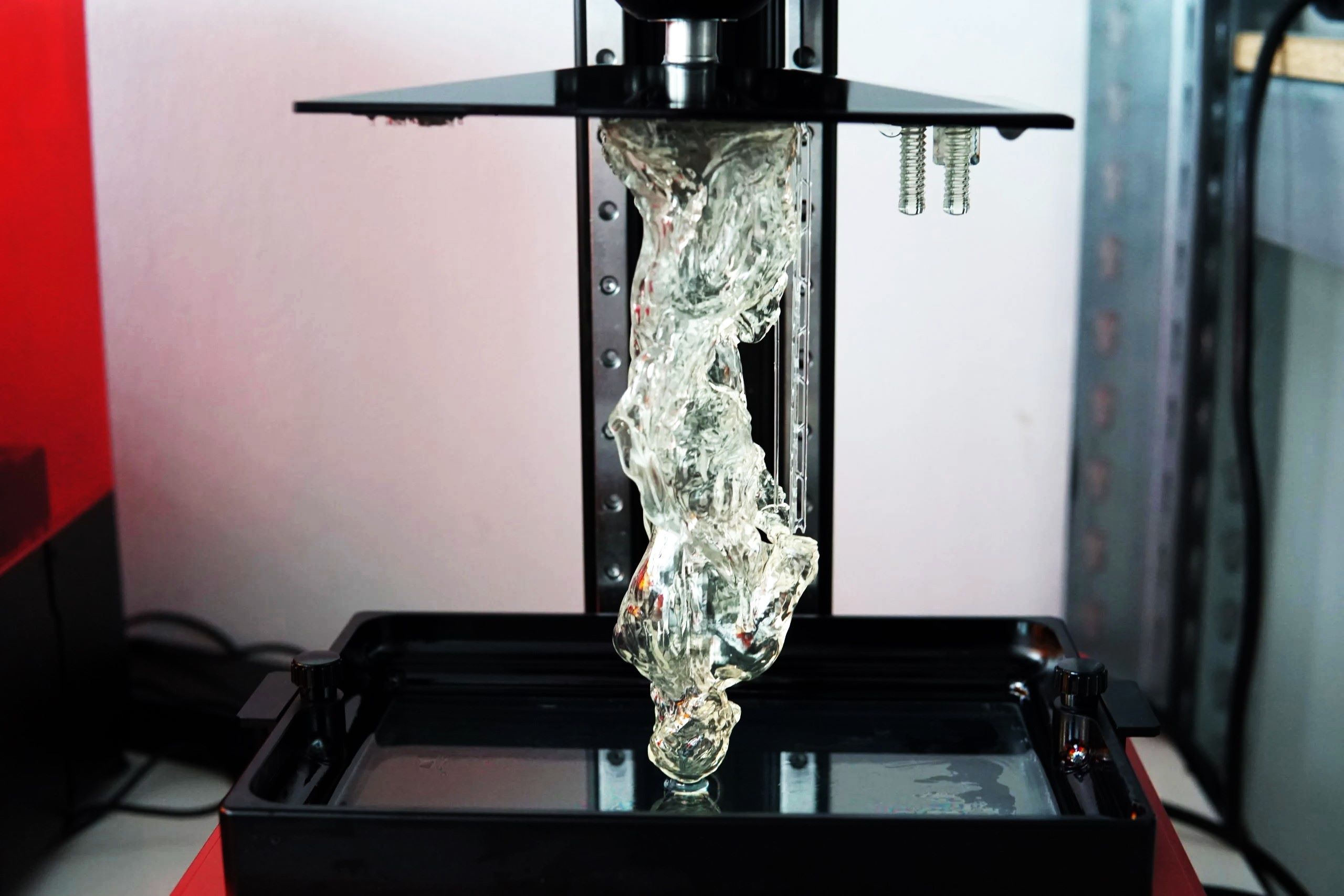
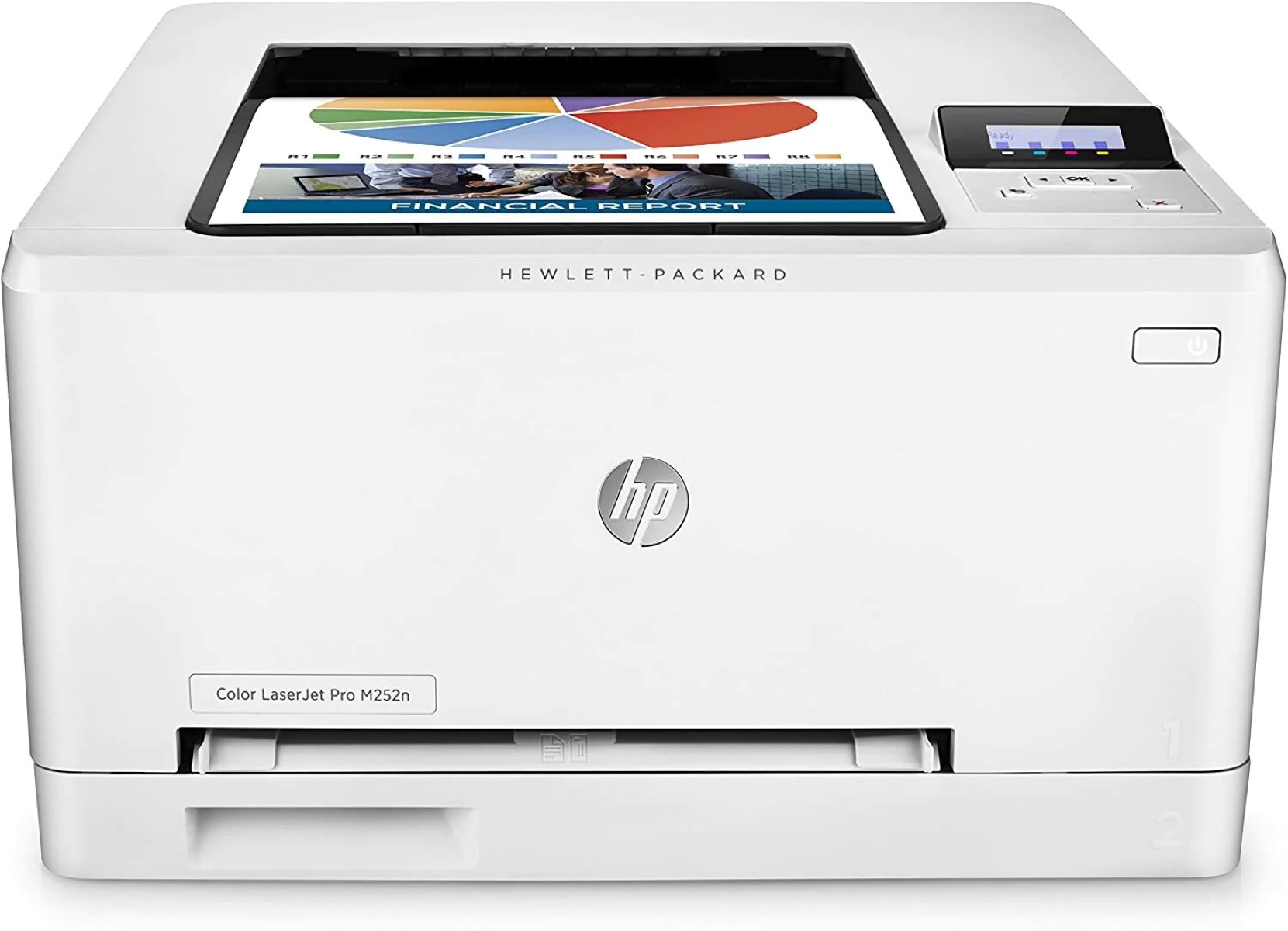


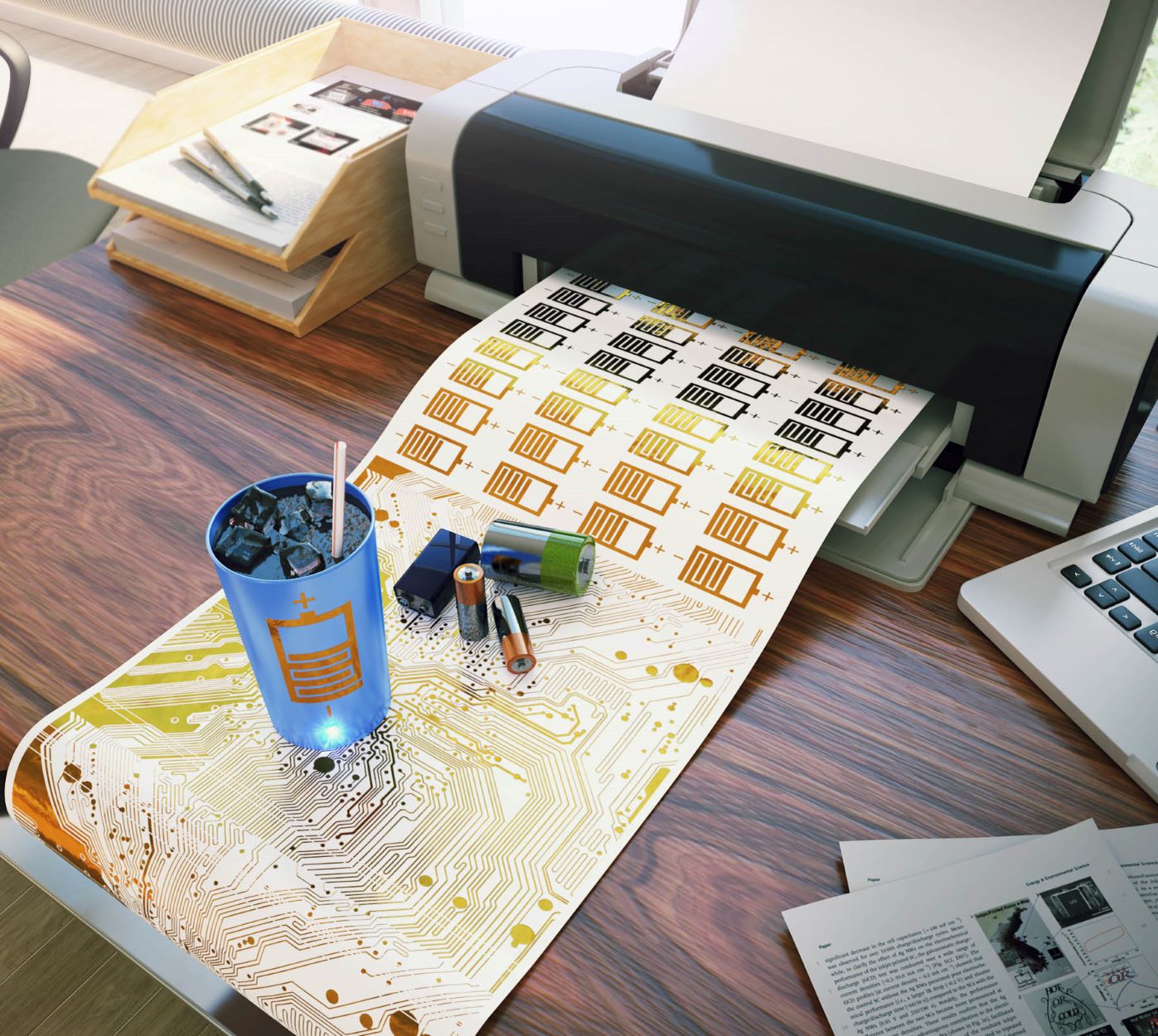
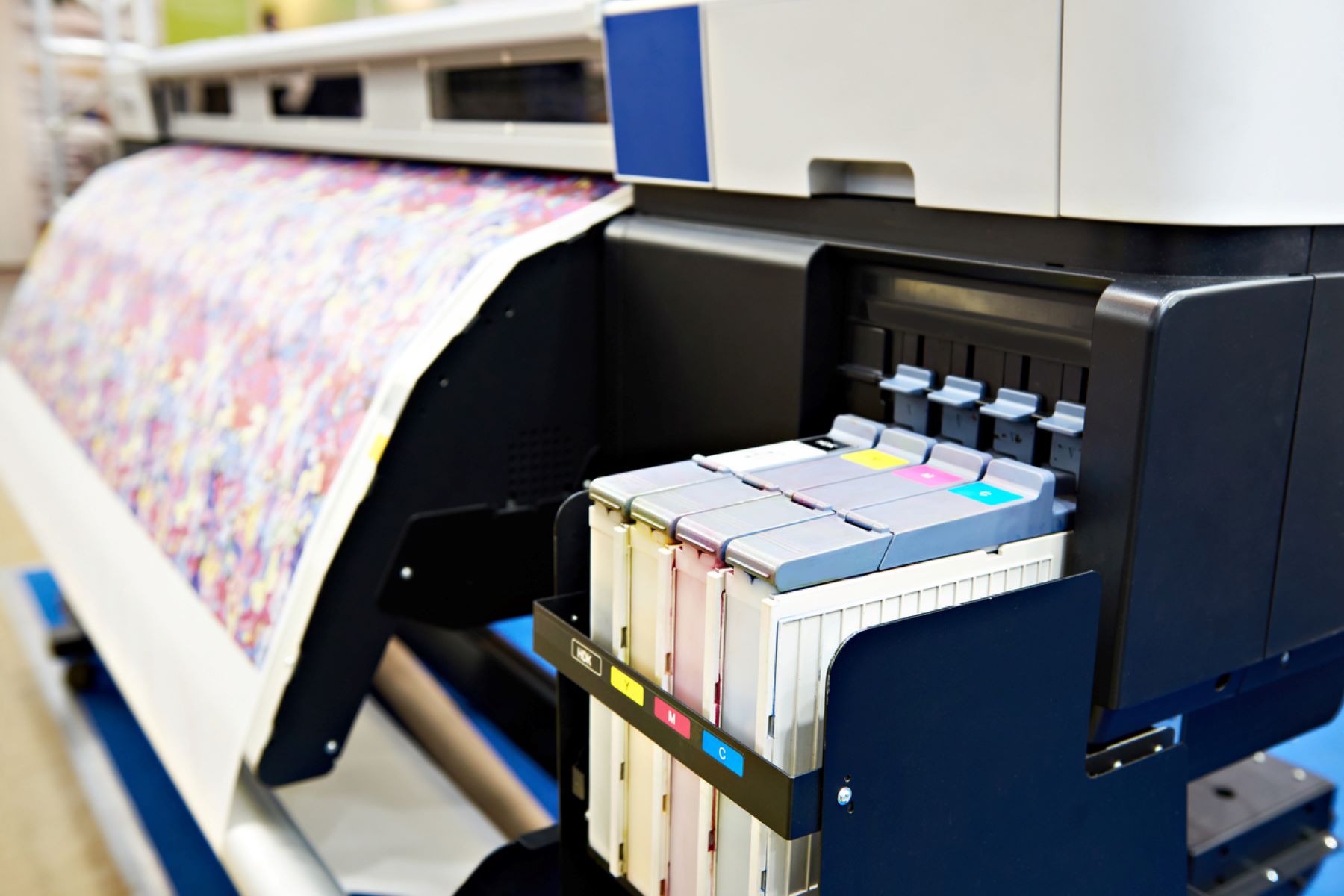

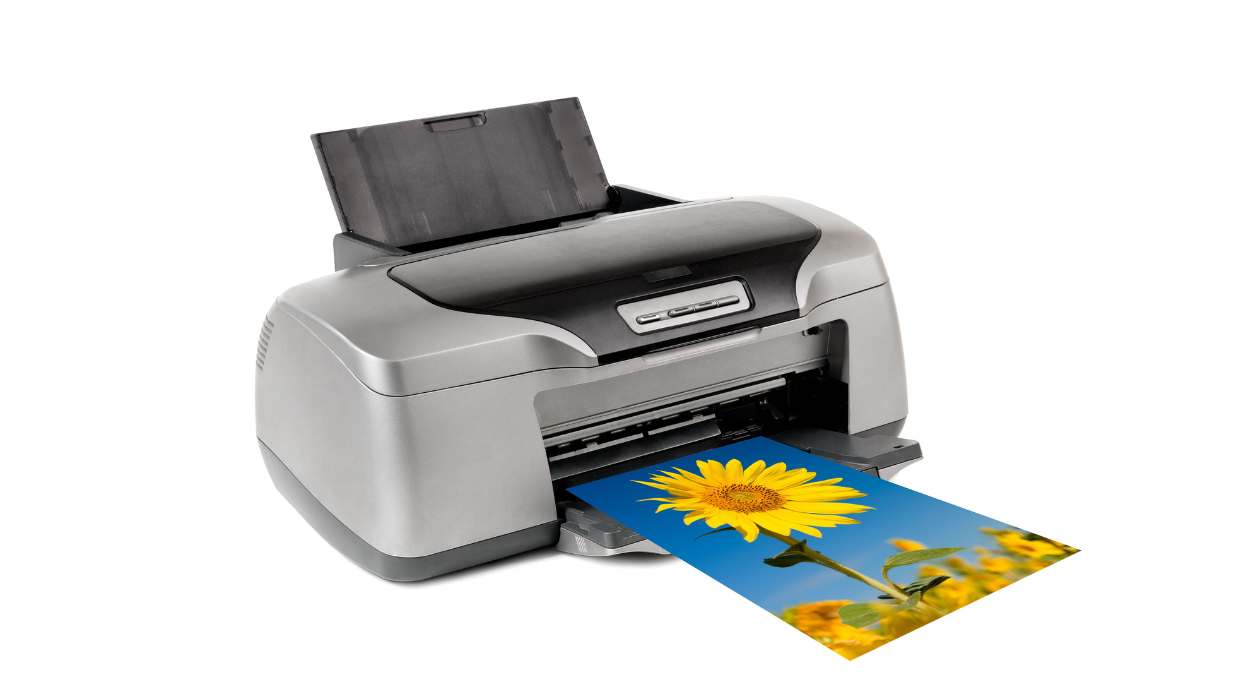
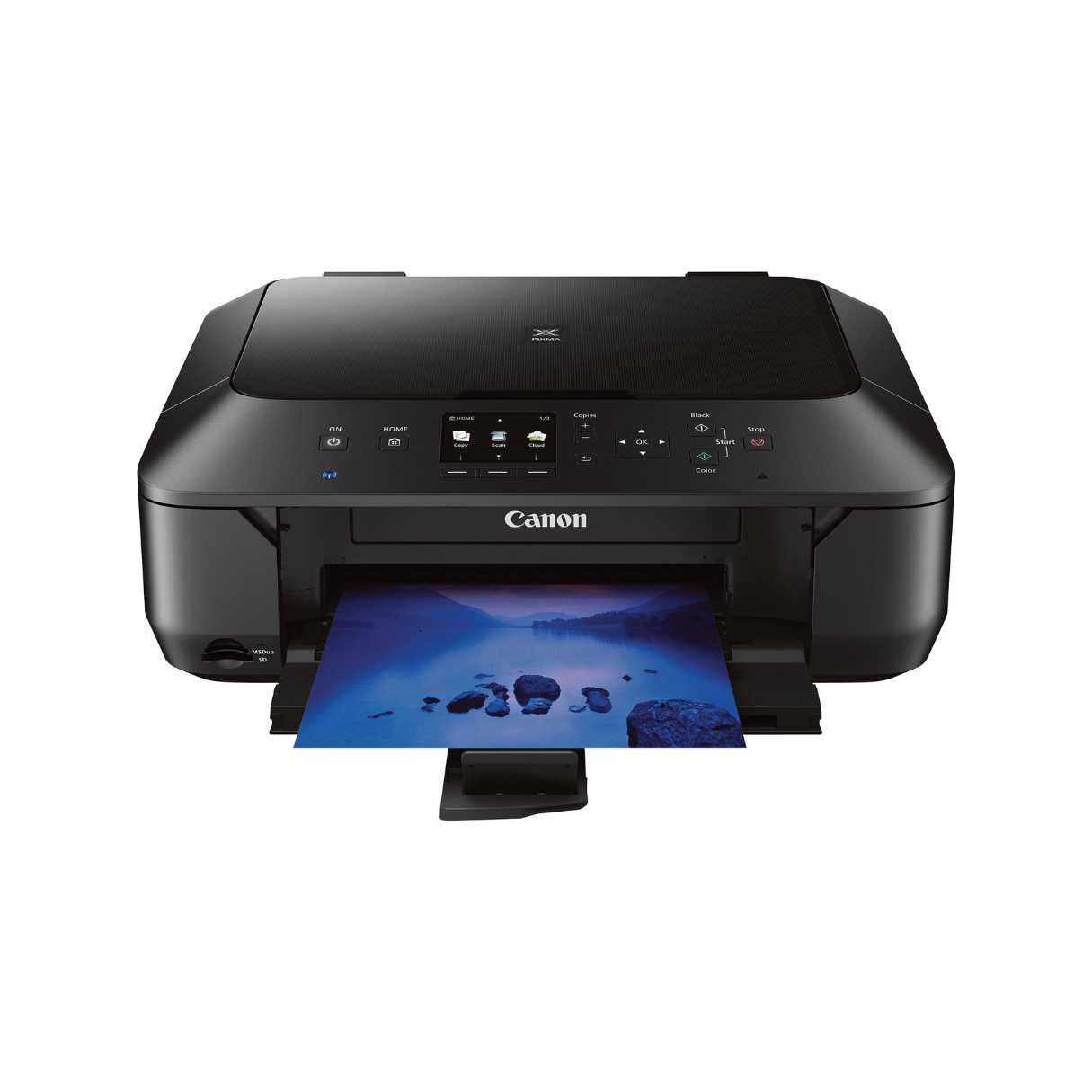
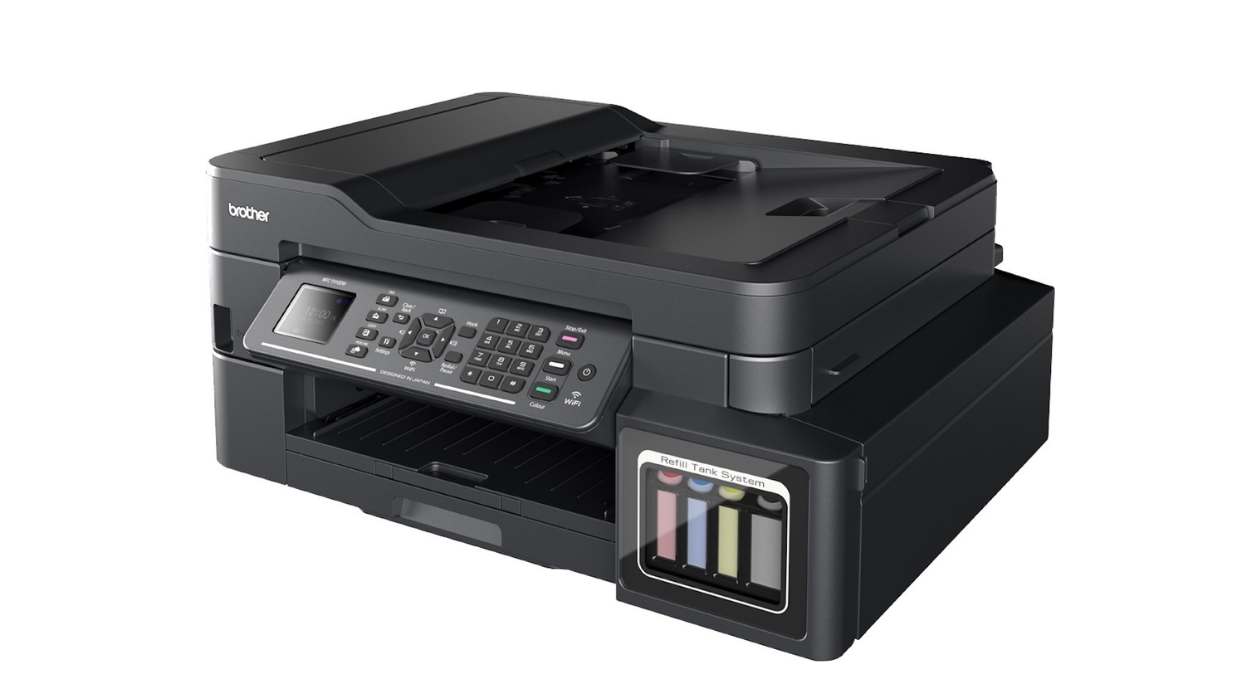
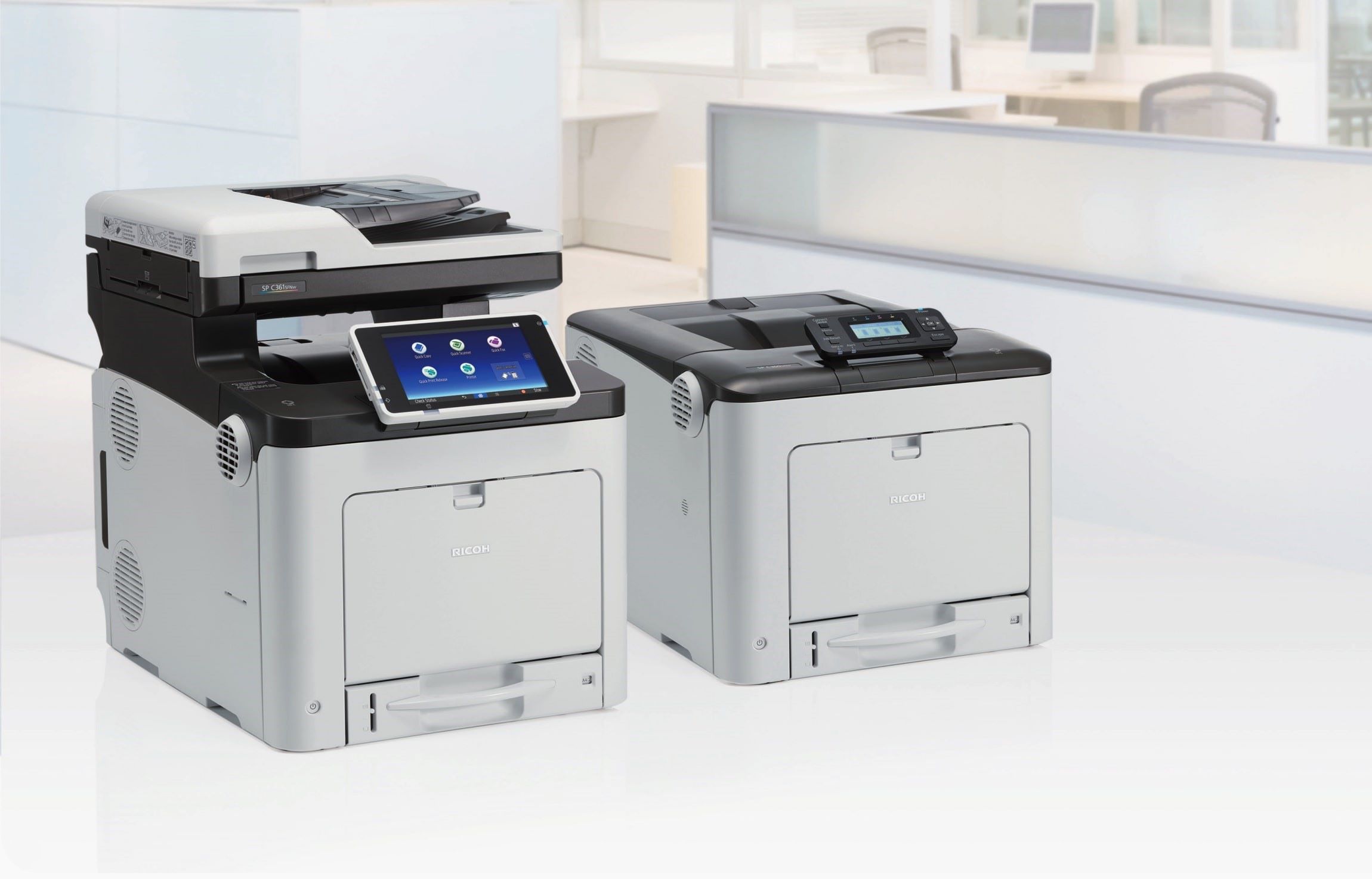
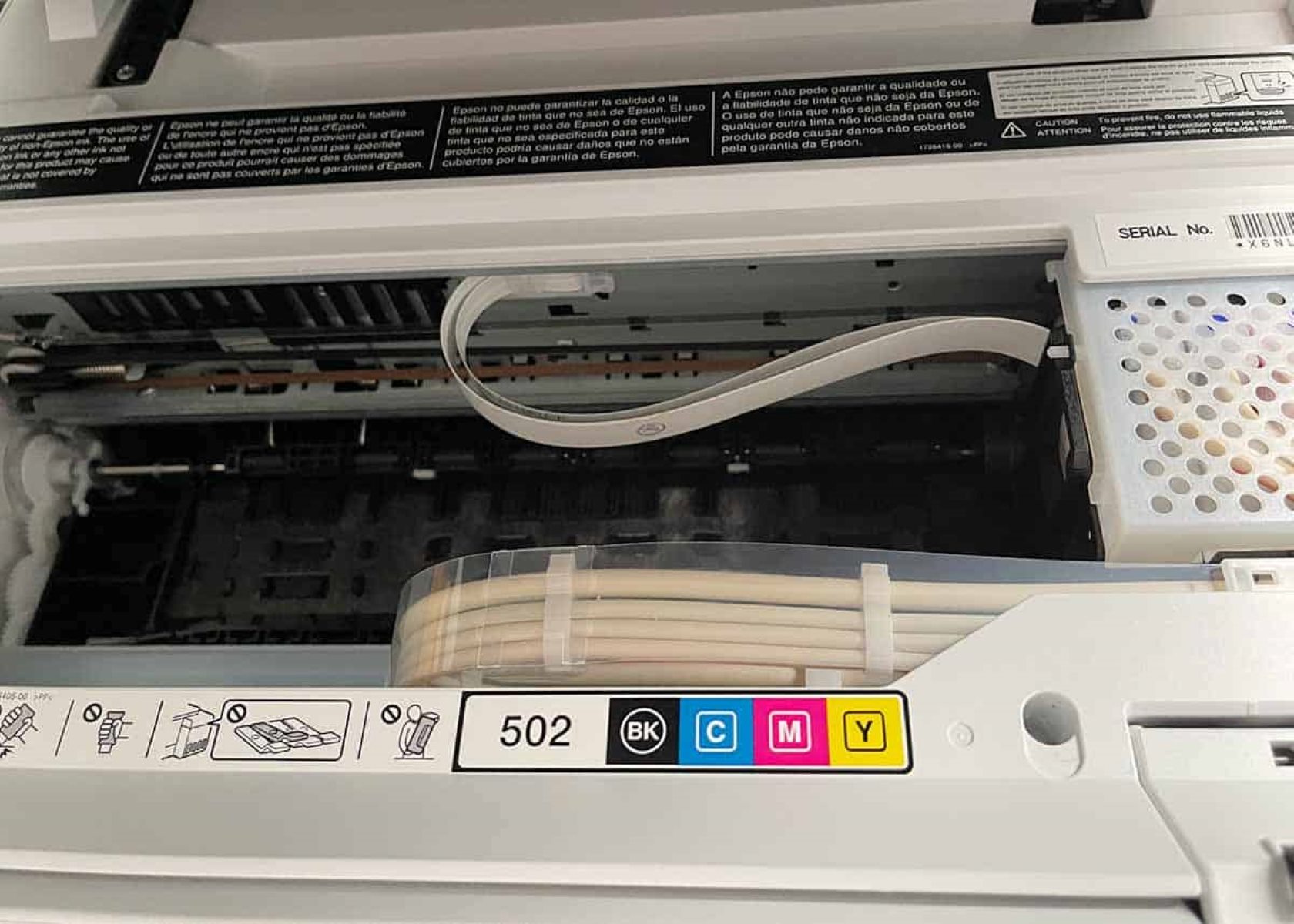

0 thoughts on “How Does The Inkjet Printer Work”